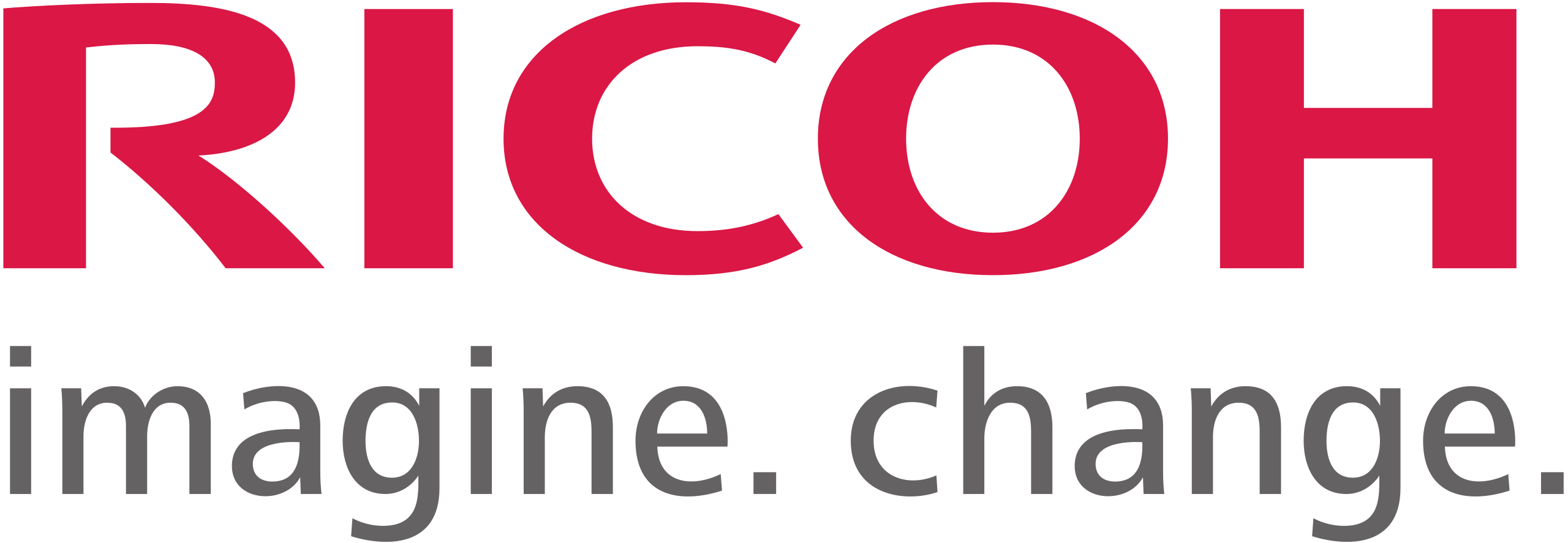5 min read
Healthcare and Cybersecurity: A guide for healthcare system leaders
By:
Kali Mogg
on
December 10, 2021
Updated: March 1, 2022

In recent years, cyber attacks have been on the rise in the healthcare industry. As healthcare facilities push to modernize their IT systems and capabilities, they are often vulnerable to data breaches. And cybercriminals are expanding their targets, attacking specialty and outpatient clinics at the same rate as large hospitals.
Much like many other industries, technology has revolutionized modern healthcare, making it more digitally connected than ever before. As the world embraces virtual and remote business models and services, the demand for distributed healthcare systems, telemedicine, and remote patient monitoring is ever-increasing.
But digital transformation can be a challenging undertaking for the healthcare industry. As hospitals, medical centers, and other healthcare organizations move services online and connect them to central databases, they need to consider:
- The risk of cyber security breaches and how to avoid system vulnerabilities.
- Compliance with government regulations for protected health information.
- How to maintain competitive advantages and business agility using new information technology (IT) capabilities.
See how healthcare leaders can prioritize their need to protect patient data and stay compliant with industry regulations, while still adopting the technologies they need to stay competitive in a dynamic industry.
Cybersecurity challenges facing healthcare organizations
Since September 2019, there have been over 500 data breaches in the healthcare industry with an estimated 35 million patient records compromised.
And the rate of cyber attacks in the healthcare sector has only continued to increase. Hackers realize the importance of protected information and are not slowing down on gaining access to medical records.
Not only do these attacks compromise personal records and violate patient privacy, but they also have long-term financial and legal repercussions for affected healthcare institutions. While no organization can ever be 100% secure from attack, that doesn’t absolve healthcare organizations and facilities of their legal responsibility and potential liability.
After a data breach, these facilities and their IT systems can be subject to lengthy investigations, auditing, and review, both from patient-filed civil suits and involvement of federal law enforcement.
With the cost of incident response, years of litigation, and other factors, IBM found that, among the industries they studied, healthcare data breaches are the most expensive, costing $9.23 million per incident, more than double the average of $4.24 million.
What cyber security issues affect the healthcare industry?
One of the biggest risks to cyber security in the healthcare industry is the wide range of systems and IT technology that different organizations use. When a distributed organization, like for example an international technology company, standardizes its IT systems and computing equipment, it makes it easier to develop consistent, reliable security measures.
However, healthcare organizations don’t often have that luxury. They usually operate aging, legacy infrastructure and have to set up communication channels with other organizations that may have vulnerabilities that put their systems at risk.
Security issues that face the healthcare industry also include:
- Lacking robust cyber security resources and personnel, especially in private practices, dental offices, and outpatient facilities.
- Vulnerability to ransomware attacks due to a lack of automated security features.
- Prevalence of attacks coordinated by or with internal bad actors working within target-rich healthcare organizations like hospitals, medical billing offices, and other inpatient treatment facilities.
What makes cyber security challenging within the healthcare field?
Healthcare cyber security measures can be difficult to upgrade and improve because of industry constraints, as well as regulations like the Health Information Portability and Accountability Act (HIPAA).
HIPAA mandates the protection of personal health information (PHI), however, the law doesn’t dictate a specific method of encryption or risk mitigation. As a result, individual health organizations will devise their own method of complying with these regulations.
What results is a mix of cyber security approaches, standards, and technology solutions that can be hard to replicate, share, or scale across healthcare organizations. This makes updating healthcare computer systems challenging, time-consuming, and expensive, as organizations struggle to modernize their technology without compromising their cyber security or exceeding their budgets.
Staying compliant with HIPAA regulations
When cybercriminals gain access to PHI, healthcare organizations have to report the data breach to state and federal authorities. Additionally, they often have to undergo external auditing to ensure they are HIPAA compliant and have mitigated the risk of a future breach.
These processes can be expensive and time-consuming, especially when a high number of medical records are exposed. Worse yet, healthcare organizations can incur hefty federal fines if their security measures are determined to be negligent or out of compliance.
What is considered protected health information?
According to HIPAA, protected health information includes any personal data that is individually identifiable (meaning it could be tied to a specific person or group of people).
PHI generally includes demographic data, patient medical history, age, addresses, insurance plans, billing information, and other details. Covered entities (meaning healthcare provider, health plan, or healthcare clearinghouse which transmits health data electronically), as well as third-party services that handle PHI, have to make reasonable data protection efforts to encrypt, secure, and restrict access to this patient information.
What is the biggest threat to the security of healthcare data?
Nurses, technicians, lab workers, physician’s assistants, and doctors all need to access protected information to do their jobs. Each time someone leaves a workstation unattended without logging out or opens an email from an unfamiliar address the whole system is put at risk.
By training personnel to help prevent and avoid security risks, healthcare organizations can both maintain HIPAA compliance and reduce cybercriminals’ chances of gaining unauthorized access to their operating systems and databases.
Modernizing healthcare and cyber security systems to stay competitive
With the increase in the use of applications and the rise of the mobile workforce, the rapid adoption of cloud-based services is forcing organizations to reimagine their IT environments. Organizations want the best of both worlds and many are relying on hybrid cloud solutions to bridge the gap between their current on-premise infrastructures and the cloud.
Having a hybrid solution is optimal for healthcare organizations because most are working with various devices spread across multiple locations, each with its own unique set of needs.
In large organizations with modern cyber security approaches, Chief Information Officers (CIOs) and security teams develop comprehensive, flexible strategies to prevent future data breaches, mitigate existing security risks, and risk access to sensitive data, even in the event of an exposure.
Additionally, security teams will help integrate risk management strategies into personnel training. That’s especially important in healthcare organizations, as the patient data is central to the daily work of so many staff members.
Proactive Defense Against Cyber Threats
At Standley Systems we take a proactive approach to security. Our print and IT solutions focus on realizing the threat potential before they occur. Some of the ways we've been able to assist healthcare organizations include:
- Giving the organization visibility to paper transactions by tracking the lifecycle of printed documents.
- Securing devices on the network to prevent cyber thieves from moving through endpoints into the network infrastructure.
- Managing end-user access to printer fleets to secure patient data
- Providing end-user codes and locked print jobs
Prioritize healthcare and cyber security capabilities with managed services
The best way to avoid cyber attacks is to make sure you have the capabilities and expertise to protect your IT systems. Retaining skilled personnel in-house can be difficult, but managed services and cyber security solutions from Standley Systems can help fill that skills gap for your healthcare organization.
If you are a healthcare provider, facing the rampant risk of data breaches in healthcare can be overwhelming. Standley Systems has the technology and resources to secure your information and gain compliance. Through our technology and partnerships, we focus on solutions specifically designed for healthcare, with special attention to data-in-transit and document-intensive operations.
At Standley Systems we've been helping local businesses, hospitals, and state agencies with relevant solutions for over eight decades. It is our top priority to keep our clients going. If you would like to know more about keeping your facility up to date with document management and information security, contact us today.

 800-522-3725
800-522-3725 info@standleys.com
info@standleys.com Support
Support











